A Photographer’s Guide to Planning the Perfect African Safari
What do you think of when you imagine an African safari? For us, it’s the thought of getting up close to exotic animals in their natural habitats - and photographing them in the wild. An African safari is without a doubt a once-in-a-lifetime trip. If you’re lucky enough to be ticking it off your bucket list soon, these are our 10 tips for planning a safari from a photographer’s perspective.
1. Plan your trip at the best time for animal action
It’s safe to say you’re going on safari to see some of the most exciting animals on the planet. Prior to booking your trip, do a little research and try to travel at a time of year when the animals are at their liveliest. The best time of year for an African safari will come down to the destination.
There are two main regions with the most wildlife: South Africa and East Africa, which encompasses Tanzania, Kenya, Uganda and Rwanda. South Africa is great during the dry season, between May and October. If you’re heading to East Africa, most destinations are at their peak from June to December.
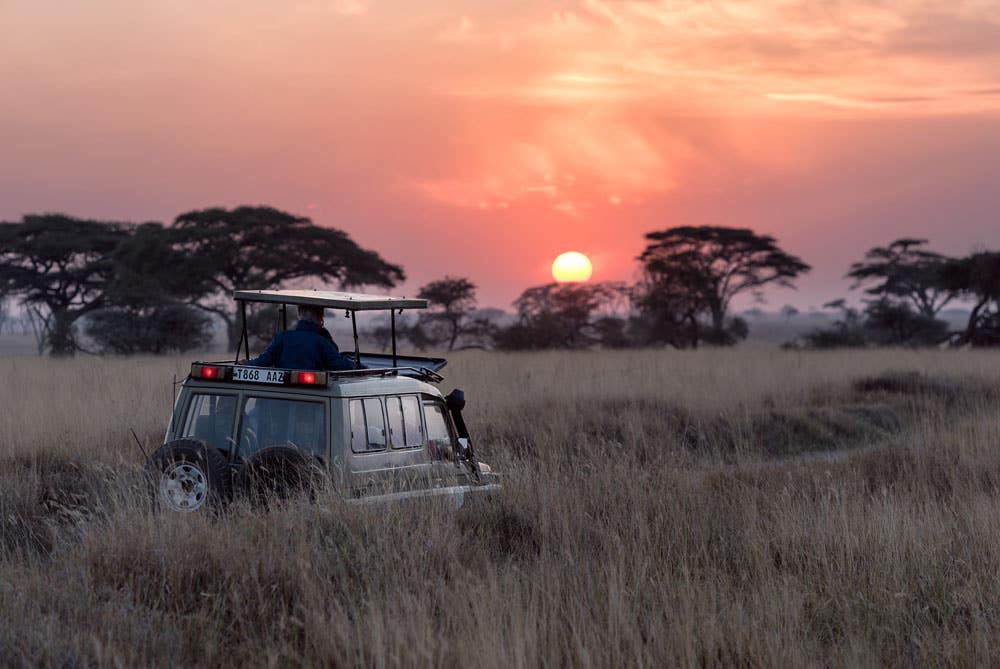

2. Get familiar with your camera gear
Before you jet off to your safari destination, spend some time playing around with your camera gear. Whether you have a new camera or lens, shoot in a similar way at home to get a feel for the equipment. While you’re at it, experiment with the exposure triangle (ISO, shutter speed and aperture) and consider switching to manual mode. That way, you’ll be comfortable with your camera settings and able to hit the ground running when you arrive. You’d hate to be fumbling for the right button and miss a herd of wild animals passing by. Safaris are made up of epic moments of movement, and you want to be ready for them!
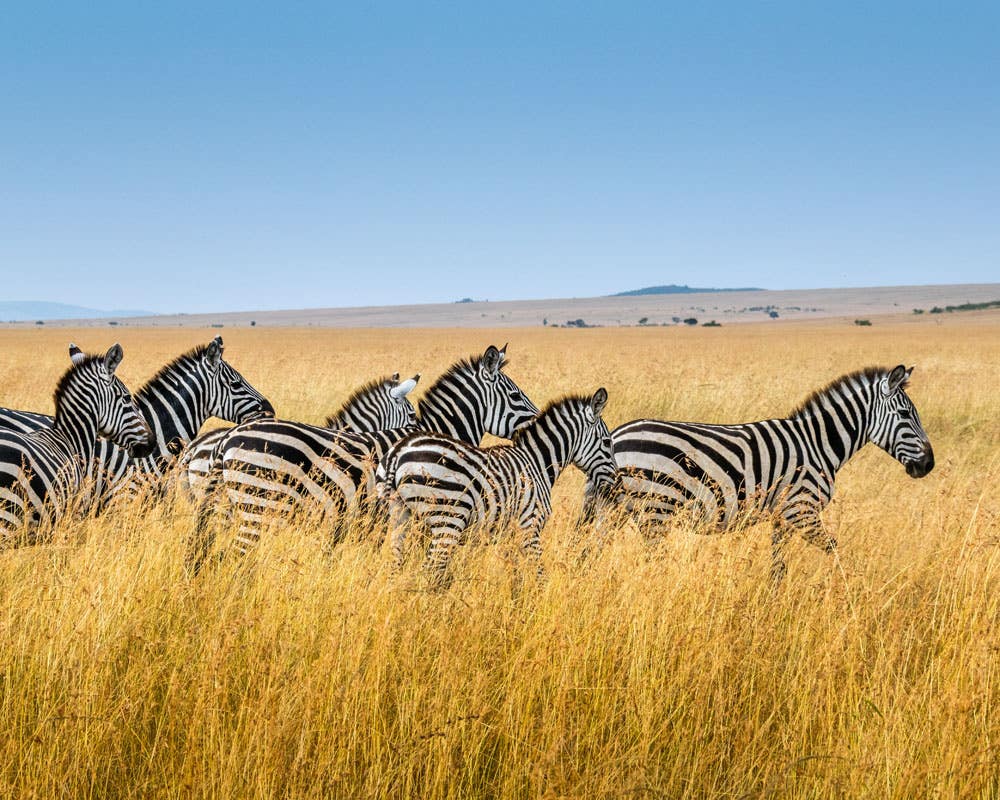

Pro Tip: New to photography? Sign up for one of our beginner camera courses to accelerate your learning. Our experts regularly run Camera Basics classes, and they’re free! Feel free to ask your trainer for their top safari photography tips.
3. Choose lightweight camera gear
Safaris involve a lot of driving and walking, so bring camera gear that won’t weigh you down. If you’re buying a completely new setup, consider a mirrorless camera. Like DSLRs, these cameras offer high image quality – but in a much smaller package. As for lenses, pack telephoto zoom lenses over prime lenses. Finally, if you’re a keen landscape photographer, you might want to bring photographic filters, too. These inexpensive accessories accentuate the colours in your photos. Neutral density (ND) filters, for example, are useful on bright, sunny days – and African afternoons on safari!
4. Use a telephoto lens
As we mentioned, telephoto zoom lenses are the best lenses for safari. They’re portable and versatile, and they’ll allow you to adapt to the scene in front of you without having to stop to switch out your lenses. You might be lucky enough to get up close to exotic animals on safari, but more often than not, you’ll find yourself at a safe distance. That’s where telephoto lenses come in. They have a long reach and magnify the subject in your frame without compromising on image quality.
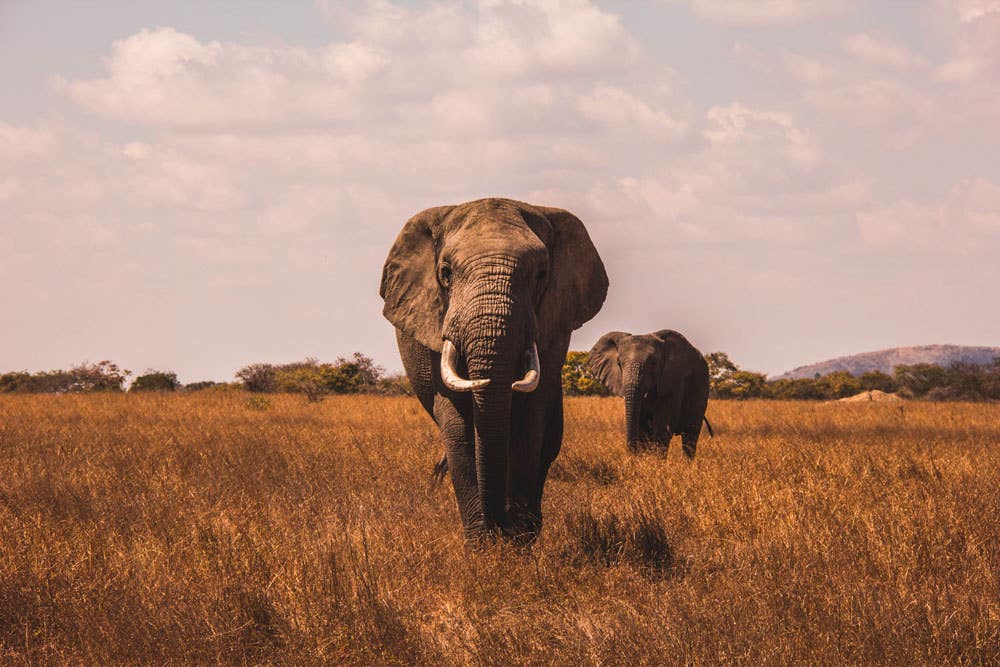

5. Invest in a suitable camera bag
Now that you’ve picked your safari photography equipment, think about how you’ll safely carry it around. To protect your gadgets, we recommend a padded bag that’s made from weatherproof material. For easy access (and to reduce the chance of missing ‘the shot’), go for a sling-style bag over a backpack.
6. Pack a pair of binoculars
How much gear you pack is a personal choice, but if you have the room, consider bringing binoculars. They’ll help you to spot subjects in the distance, and scout potential photo ops. Photography aside, they’ll also allow you to appreciate every possible detail – which is key to making the most of your safari. When you’re shopping for binoculars for a safari, choose a rugged pair with clear optics and a 10x42 range or similar. And if you’re short on space, look into foldable binoculars. You could fit a pair in your jacket pocket!
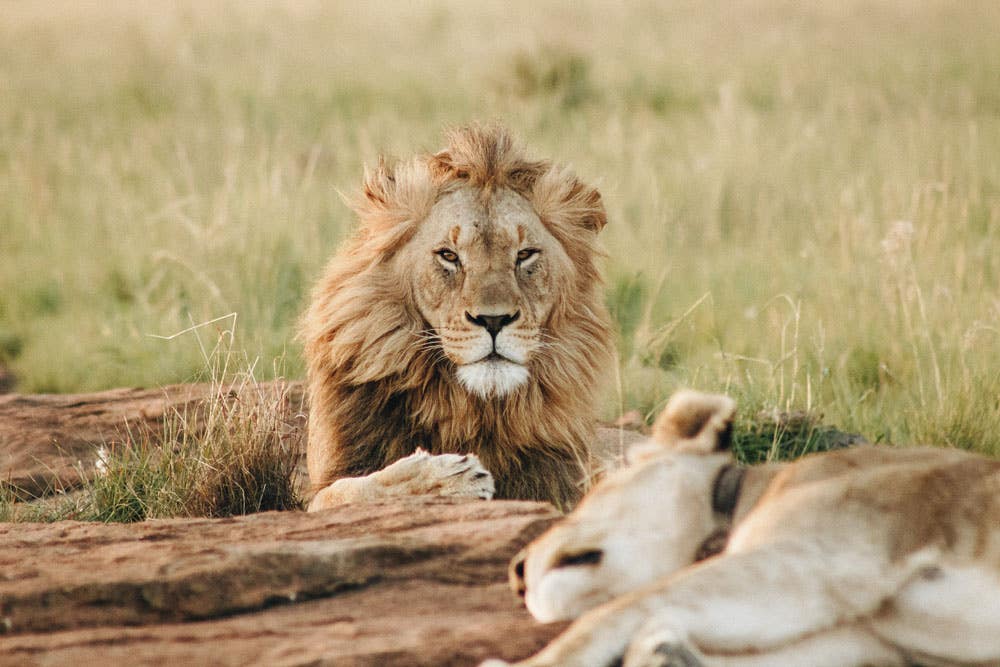

7. Dress appropriately
In other words, look the part! Focus on practicality. Leave your brightly coloured clothes at home, and opt for khaki, brown, and neutral tones so you blend into the surroundings. It’s a good idea to dress in layers, too. Many safari destinations are blazing hot during the day, but chilly in the early mornings and evenings. With that in mind, pack breathable clothing, such as cotton t-shirts and shorts, along with a couple of jumpers and a lightweight jacket. If you’re travelling in the rainy season, bring a raincoat, too. As for accessories, a wide-brimmed hat and sturdy and protective hiking boots are essential year-round.
8. Throw in extra batteries and memory cards
Ask any photographer: you can never have too many spare batteries and memory cards! If you’re on a roll, your camera might run out of juice and space quicker than expected – and chances are, you won’t have the time or technology to charge and transfer images on the spot. Prepare for that possibility by packing a couple of memory cards and at least one spare battery. When you get back to base each night, be sure to charge both batteries and double-check how much storage space you have left.
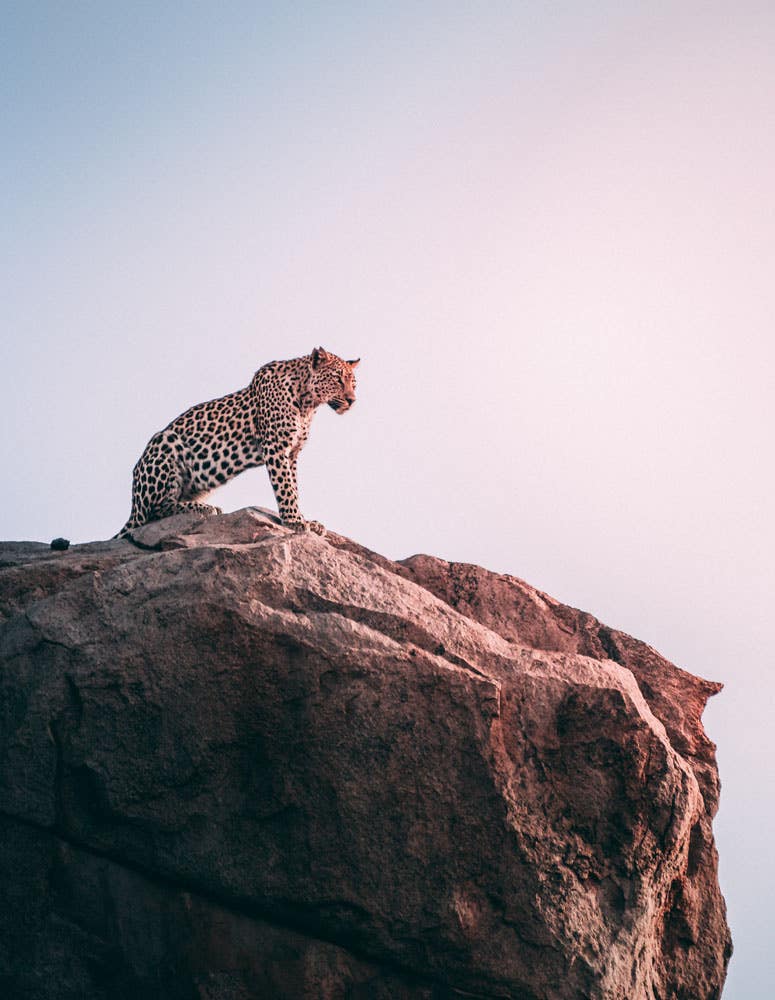

9. Consider an external hard drive
While we recommend travelling light, you’re probably going to take a lot of pictures on your trip – especially if you’re going on a lengthy safari. Enter: an external hard drive. If you can back up your images as often as possible, you’ll have the peace of mind that your memories are safe. You’ll also be able to free up some space if your spare memory cards are filling up, too.
10. Add a portable charger to your kit
Just in case you forget to top up your batteries after a long day on safari, or you find yourself in a place with limited electricity, a portable charger can be a lifesaver. These chargers typically work with a car or power bank, and many of the newer models can be used to charge smartphones and other electronic devices as well. Last but not least, don’t forget to purchase a travel adaptor!
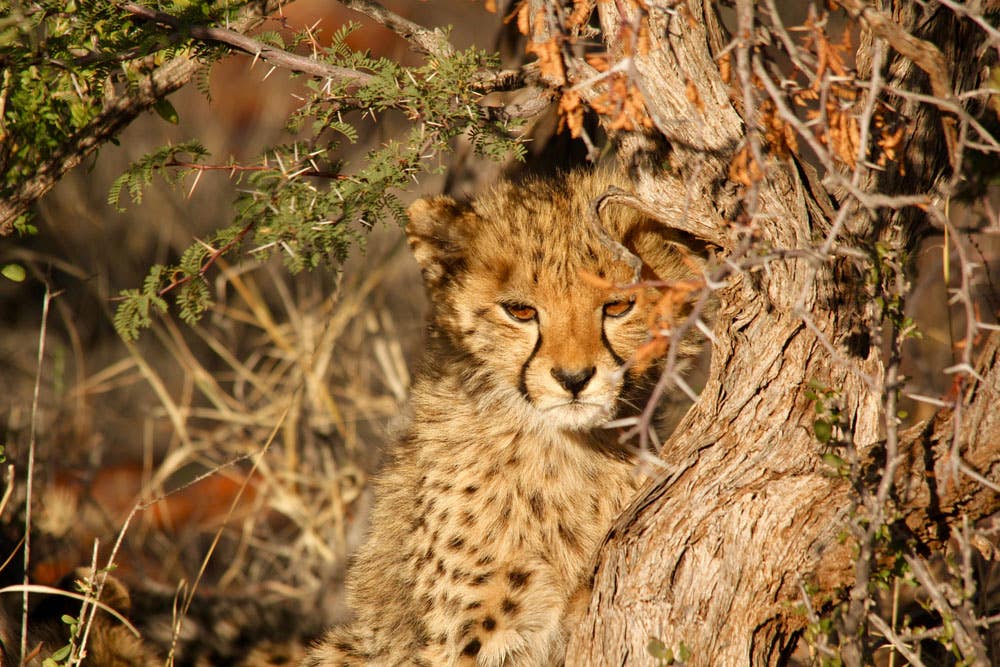

Get ready for your African safari
To prep for your trip, pop into your local Ted’s Cameras store to browse our high-quality camera gear and ask our experts for their advice on safari photography. We’re here to help you capture your holiday in the most memorable way!
Next Post
A Guide to Essential Accessories for Your Drone
Previous Post
How to Grow Your Pet’s Instagram





















